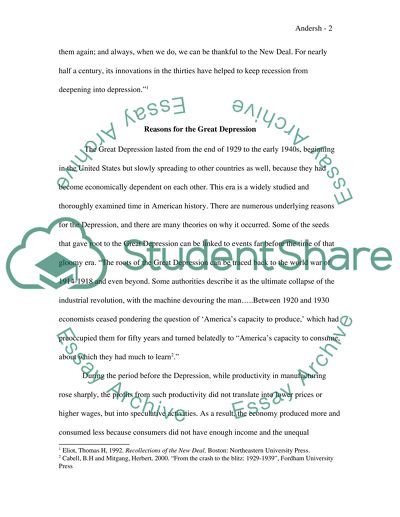Cite this document
(Congressional Consideration of New Deal Legislation Essay, n.d.)
Congressional Consideration of New Deal Legislation Essay. https://studentshare.org/macro-microeconomics/1550302-congressional-consideration-of-new-deal-legislation
Congressional Consideration of New Deal Legislation Essay. https://studentshare.org/macro-microeconomics/1550302-congressional-consideration-of-new-deal-legislation
(Congressional Consideration of New Deal Legislation Essay)
Congressional Consideration of New Deal Legislation Essay. https://studentshare.org/macro-microeconomics/1550302-congressional-consideration-of-new-deal-legislation.
Congressional Consideration of New Deal Legislation Essay. https://studentshare.org/macro-microeconomics/1550302-congressional-consideration-of-new-deal-legislation.
“Congressional Consideration of New Deal Legislation Essay”. https://studentshare.org/macro-microeconomics/1550302-congressional-consideration-of-new-deal-legislation.


